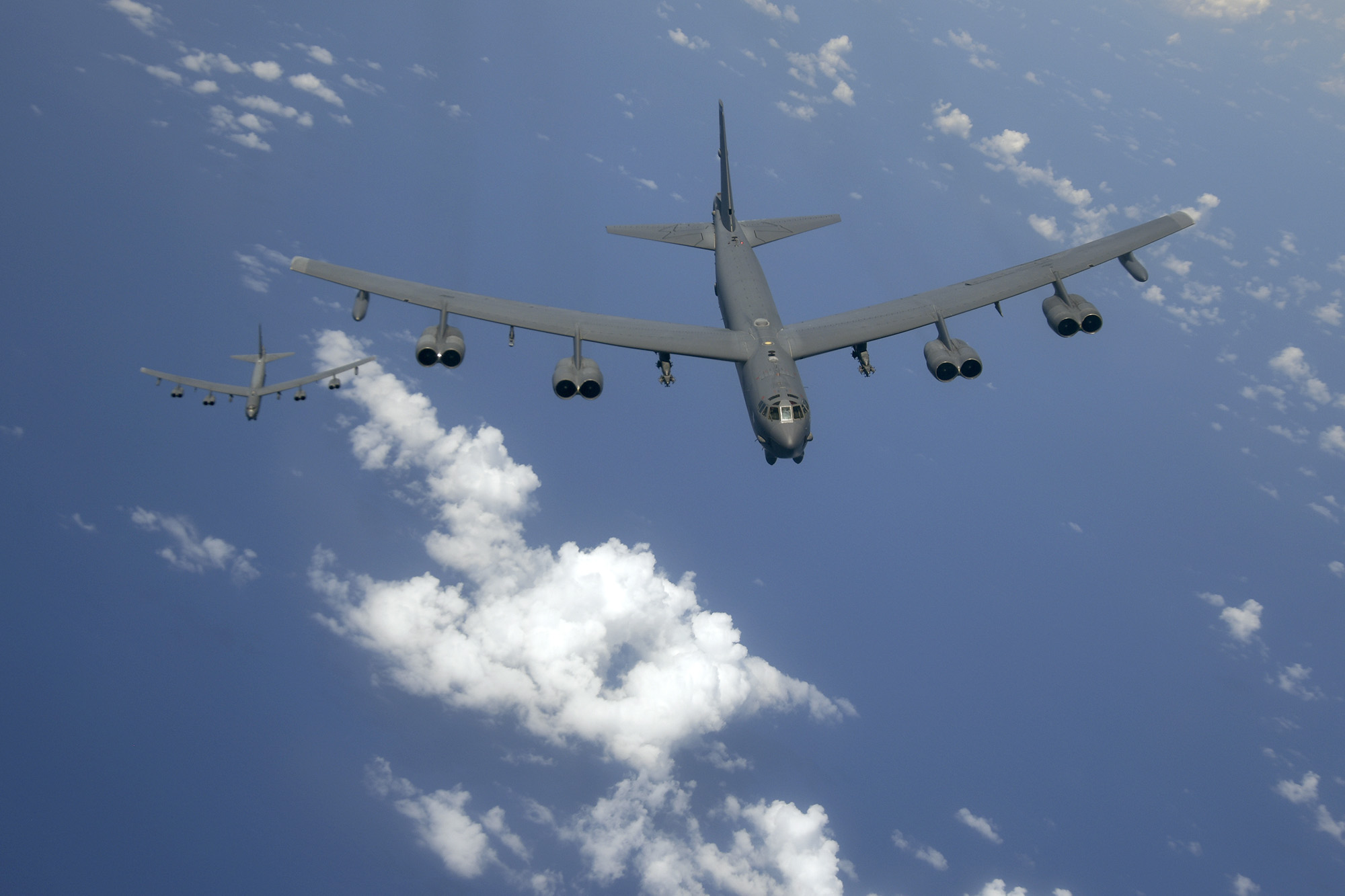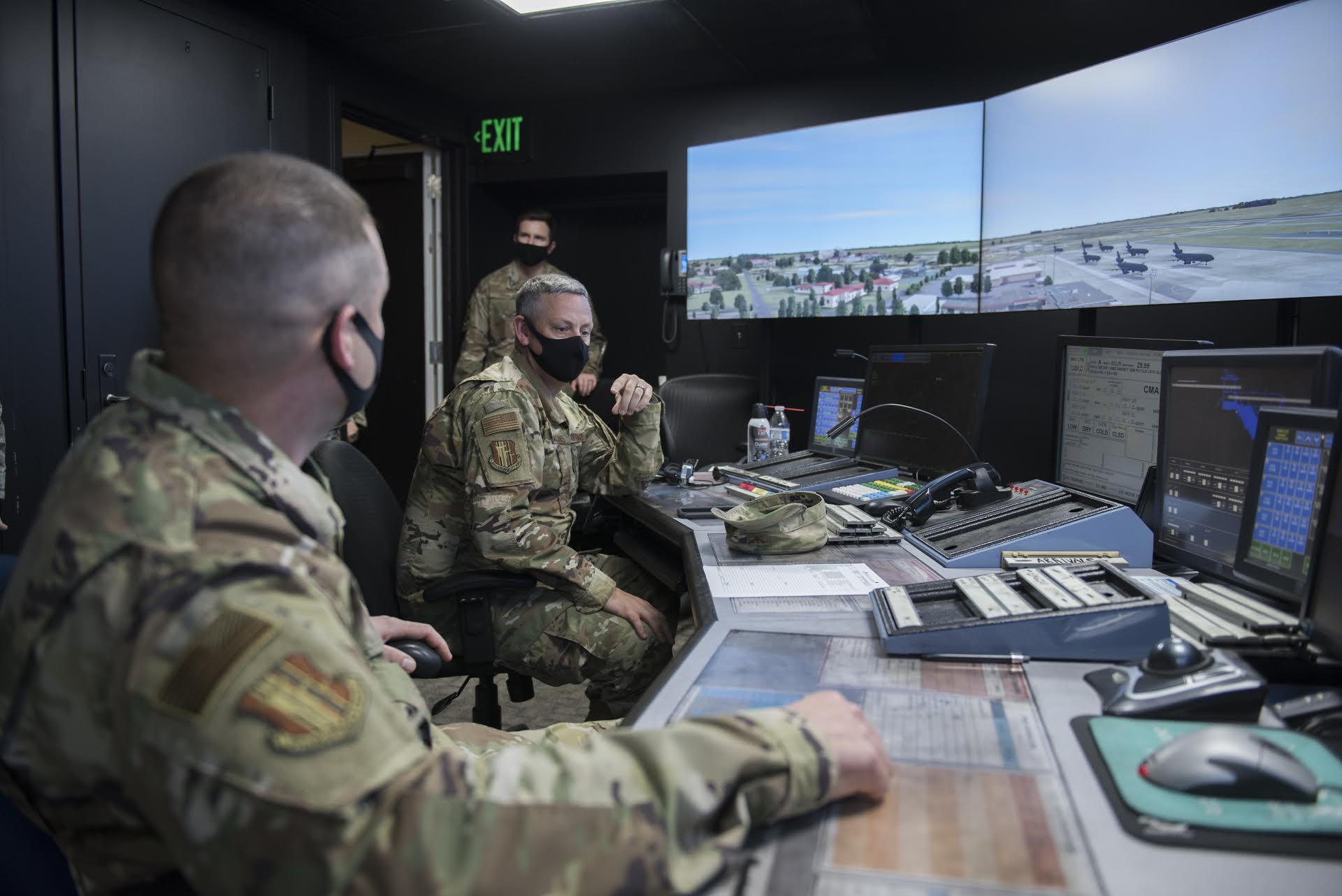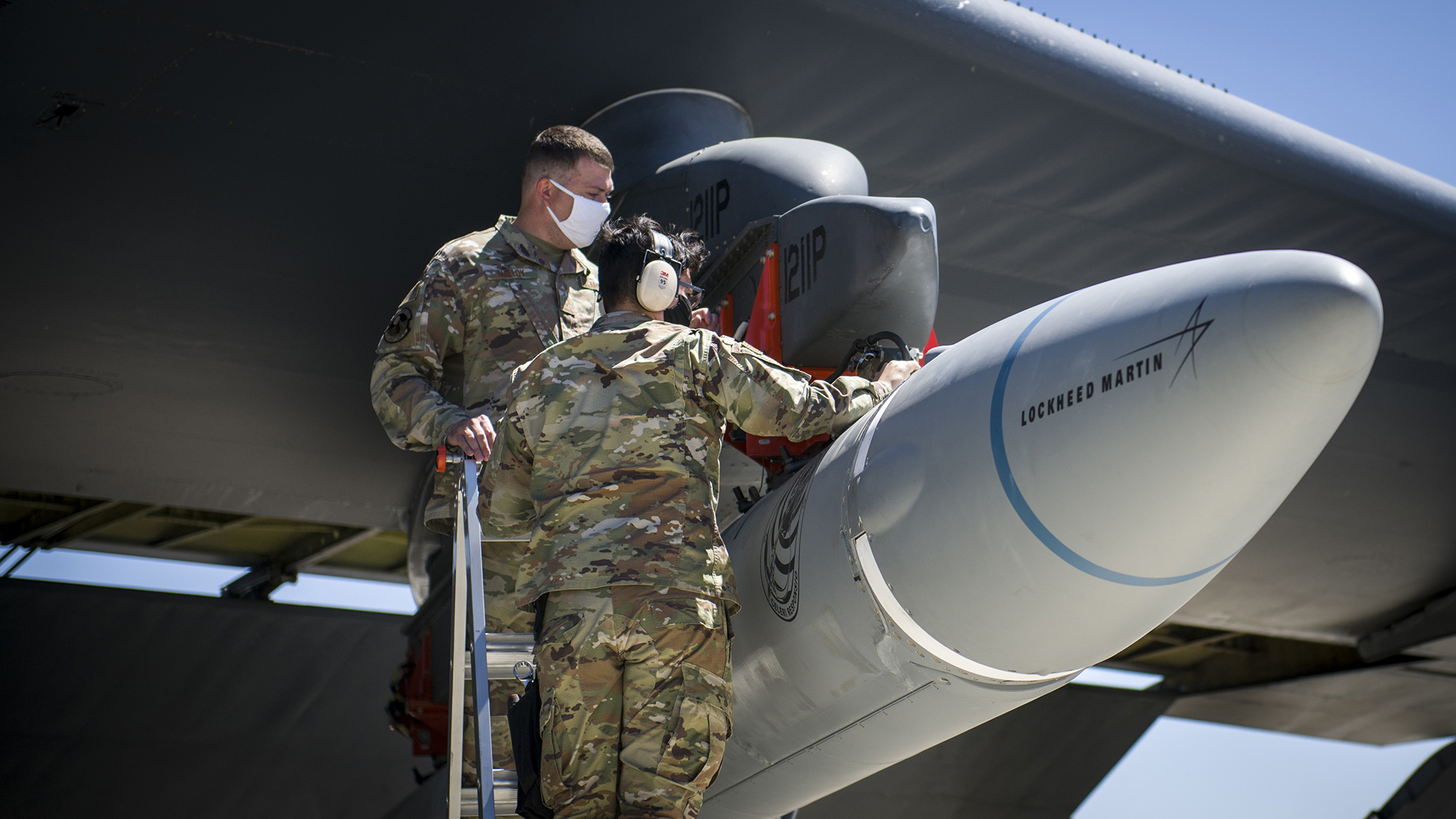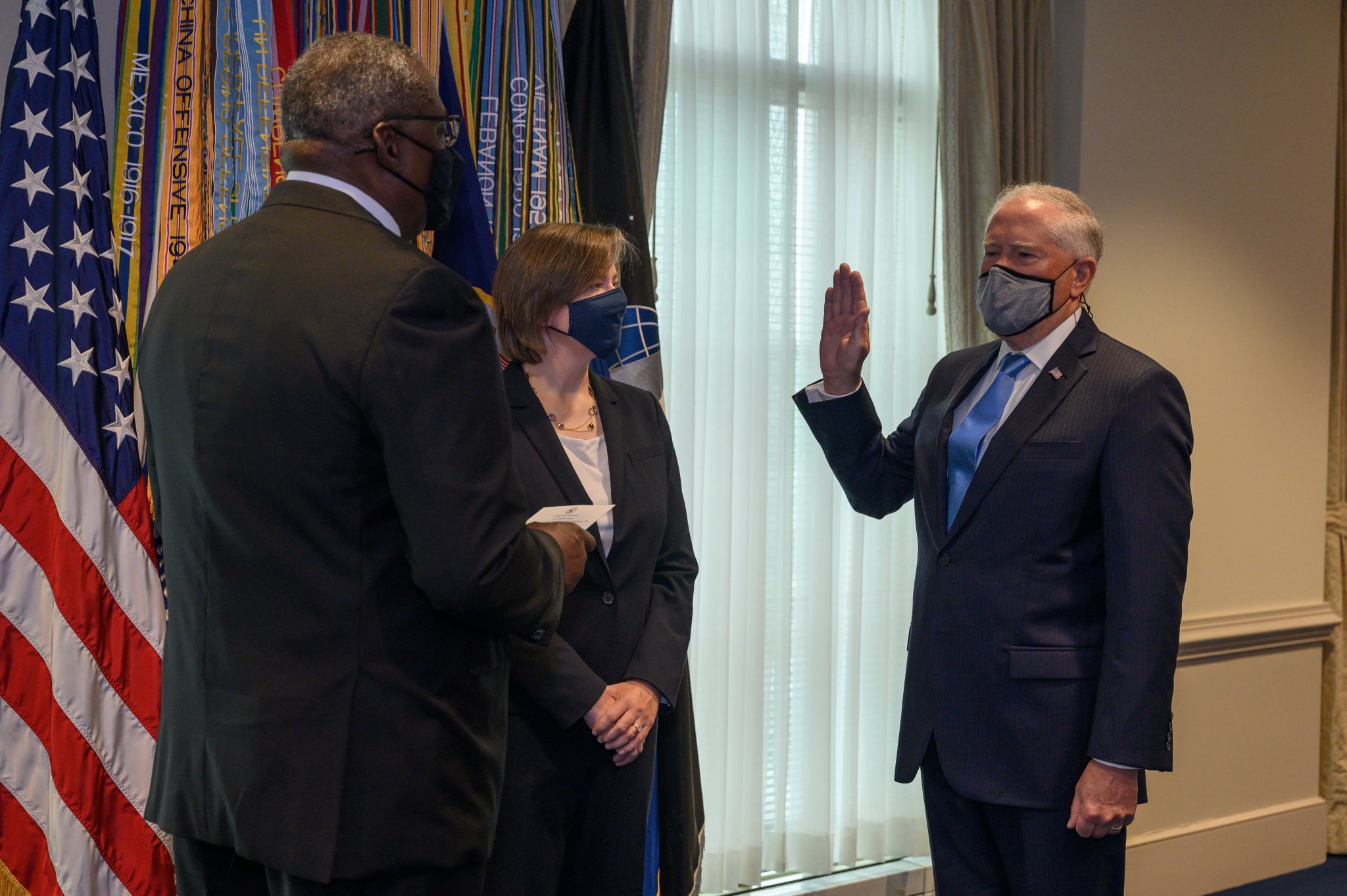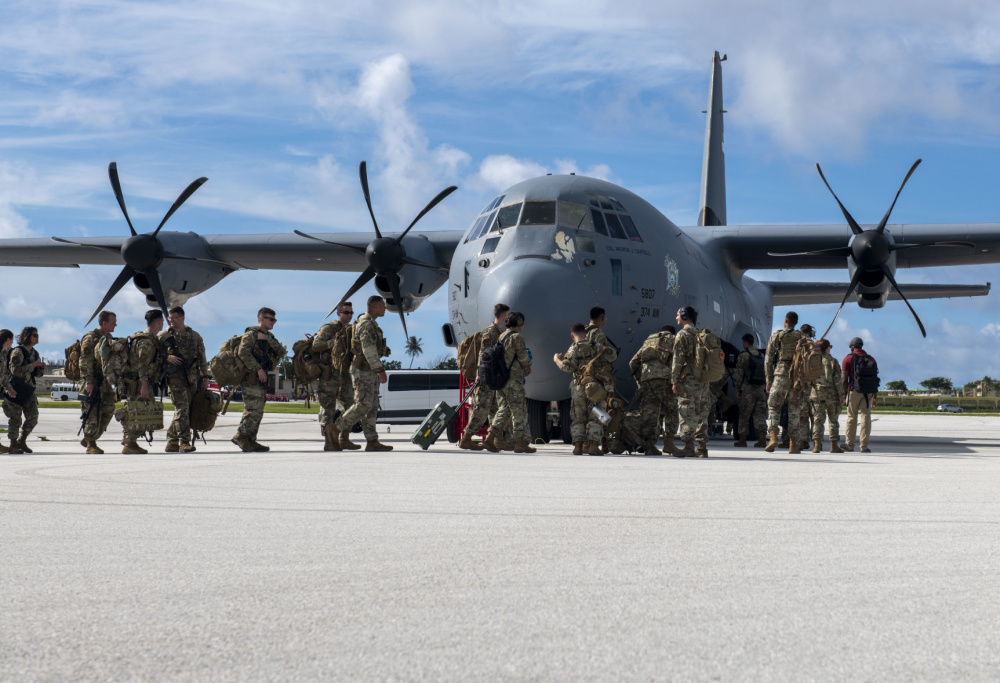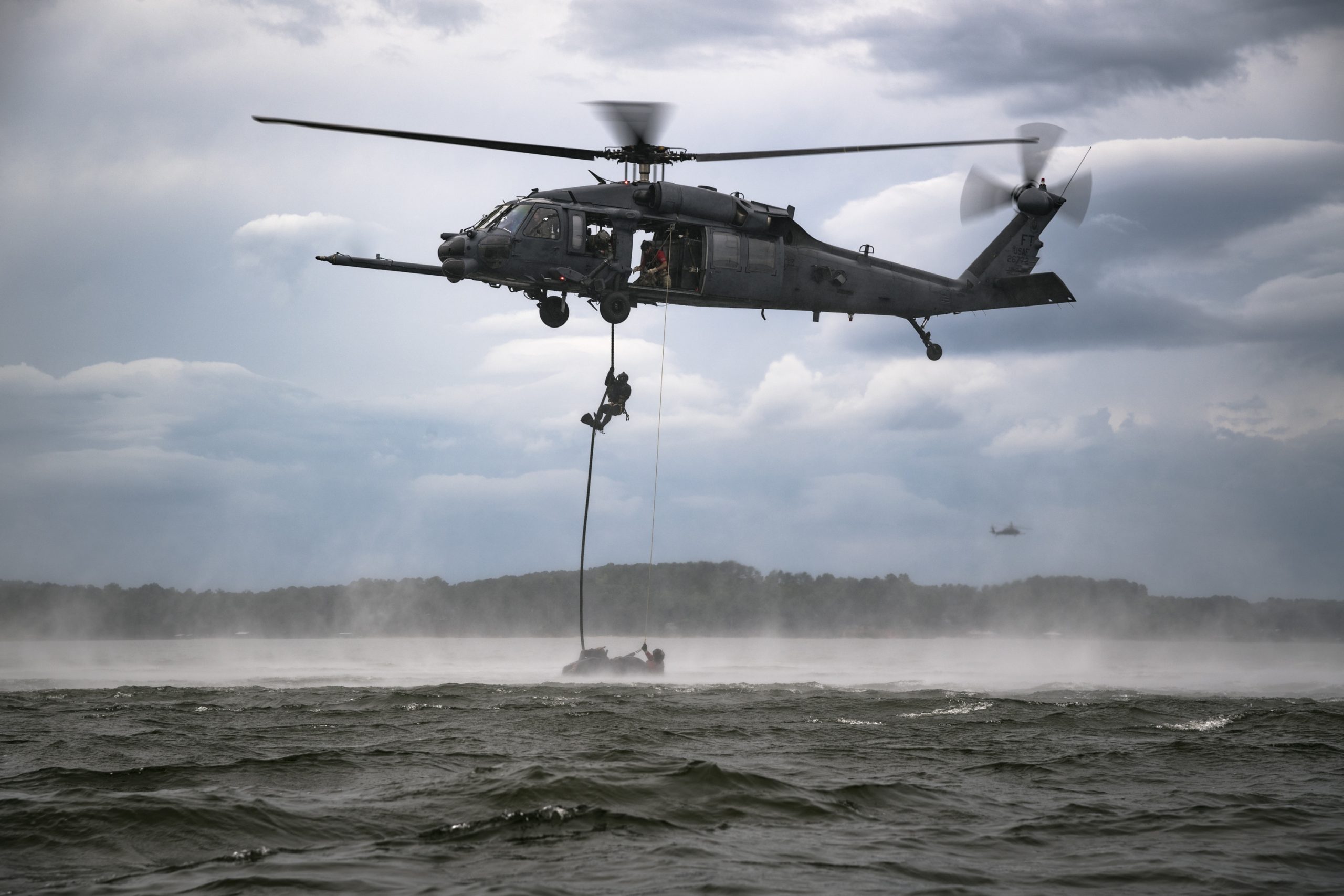The Air Force has set an ambitious goal for the B-52 Stratofortress: Update the aircraft for the modern battlefield so the legendary bomber can continue flying combat missions at least 100 years after its first flight. Central to the Air Force’s plan are new engines, which should slash maintenance and fuel costs while delivering significantly improved mission performance and reliability.
“There’s never been a better time to upgrade the B-52 with a modern commercial engine that will provide huge benefits to both the warfighter and the taxpayer,” said former B-52 pilot, retired Lt. Gen. Michael R. Moeller, who is now Vice President for military engines and integrated customer solutions at Pratt & Whitney.
Emerging weapons systems and technologies, evolving mission requirements, and budgetary necessity make the case for engines that deliver better fuel burn, more electrical power generation, and lower life-cycle costs while reducing environmental impacts such as carbon and noise emissions.
Today’s B-52 is a lot like the one Air Force Maj. Gen. Andrew J. Gebara, the director of strategic plans at the Air Force Global Strike Command, piloted early in his career. But once new engines are on board it will be “a very different B-52 than what I flew as a lieutenant.”
With nearly 70 years of experience in the B-52 world, Pratt & Whitney could yet again have the best solution for powering this aircraft. It’s offering the award-winning PW800, which Moeller said is the right fit, offering best in class fuel burn, maintainability, and will be the most sustainable option on the table. Additionally, the size and weight savings of the PW800 avoids the significant integration risks of larger, heavier engines.
A B-52 powered by eight PW800s would meet the Air Force’s goal to extend the jet’s range by up to 40 percent and increase time on station—or loiter time—in the bargain Moeller said.
The Air Force’s request for proposals (RFP) for the engine replacement program, issued in May 2020, stated a requirement for 608 new engines, which would equip all 76 of the B-52 bombers still in its inventory. The service wants a modern, reliable commercial engine in the growth phase of its life cycle and intends to mount them—as in the past—in pairs, with four engines on each wing. To hold down development costs, Air Force leaders ruled out changing the engine configuration or making any significant change in size. The intent is that these engines will essentially be one-for-one replacements with minimal integration work, and no impact to the aircraft structure.
“The replacement engine must have good physical and performance fit,” said Moeller. “It should provide affordability with low integration risk. It should have life-cycle cost benefits, significant savings in fuel-burn, and operate without scheduled overhauls over the life of the program. Overall, maintenance should be significantly less than the current engine. And the PW800 demonstrated all these capabilities through data-based digital engineering during the Air Force’s integration study.”
One unstated benefit of the PW800 is that it’s in the “sweet spot of its life cycle,” Moeller said. The Air Force will want an engine that is sustained by commercial market volume today and decades into the future. The Service doesn’t want an engine that is nearing its commercial sunset and is unsustainable in the future because the commercial market disappeared. The “sweet spot” is that period when a product is in its growth phase with an active commercial market for decades to come. This ensures spare parts availability with a pool of experienced maintainers working with a global sustainment support structure for the life of the program.
Chris Johnson, Vice President of Fighter and Mobility Programs, said, in addition to being in that “sweet spot,” the PW800 is perfectly matched to the mission. “The PW800 is a combination of the right thrust, the right physical size, and very low weight to provide all the required aircraft performance with exceptionally low fuel consumption,” he said.

The PW800 will stay on wing for decades longer than the RFP requires, Johnson said, and will meet or exceed every capability requirement. While the engine is almost the same dimensional size as the legacy TF33, the combined weight savings over eight engines is 5,000 pounds. That means less wing stress, improved fuel efficiency, and increased capacity for under-wing payloads.
No other option delivers so much weight savings, Johnson said. “The nearest competitor is over 3,000 pounds heavier than the PW800 [for all eight engines],” Johnson said. The other competitors are as much as 6,000 pounds heavier.
As a modern, commercial engine, “the PW800 is fundamentally designed for long life,” said Paraag Borwankar, associate director for PW800 customer programs at Pratt & Whitney. “This design philosophy means the engine won’t require its first overhaul until well beyond the expected life of the B-52 program.”
The PW800 features large access panels to facilitate inspections and a modular design that supports quick access to swap out line-replaceable units (LRU), ensuring rapid intervention capability for Air Force maintenance crews and high mission-readiness rates.
For those rare cases where more extensive maintenance is necessary, Pratt & Whitney has invested $30 million in its Bridgeport, W.Va., maintenance, repair, and overhaul facility, which is dedicated to working on PW800 engines.
“The thing about this program is that the PW800 just works. It really does,” said Johnson. Not that this was easy or without effort, he added. “We’re integrating an electronically controlled entity into what used to be a hydraulically controlled aircraft,” Johnson explained. It’s complex, but a workable challenge. “The system engineering works. It’s all been pretty seamless.”
The Air Force will rely on the B-52 for decades longer as the stand-off element of a multi-level bomber strategy. In hotly contested airspace, the B-2 Spirit and stealthy F-22 and F-35 fighter aircraft will penetrate air defenses and attack as “stand-in” forces, while B-52s and B-1s, without their radar-evading properties, will be used as “stand-off” forces, firing weapons from a safe distance and benefitting from the increased range and loiter times the PW800 will deliver. B-52s can also serve as nuclear-capable bombers and for close air support of ground combat troops, as was frequently the case in Afghanistan and Iraq.
“We understand the critical role the B-52 plays in defending our country and protecting freedom around the world,” Moeller said. “We’re committed to providing a propulsion solution that keeps the B-52 operationally viable for decades to come. And we look forward to the opportunity to continue this partnership with the USAF to power the B-52 with the PW800.”
